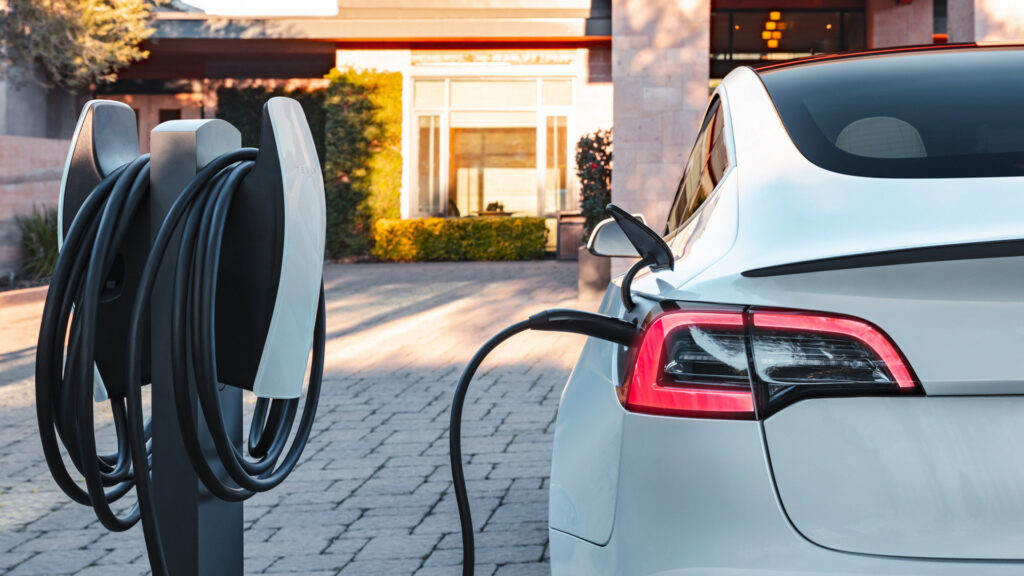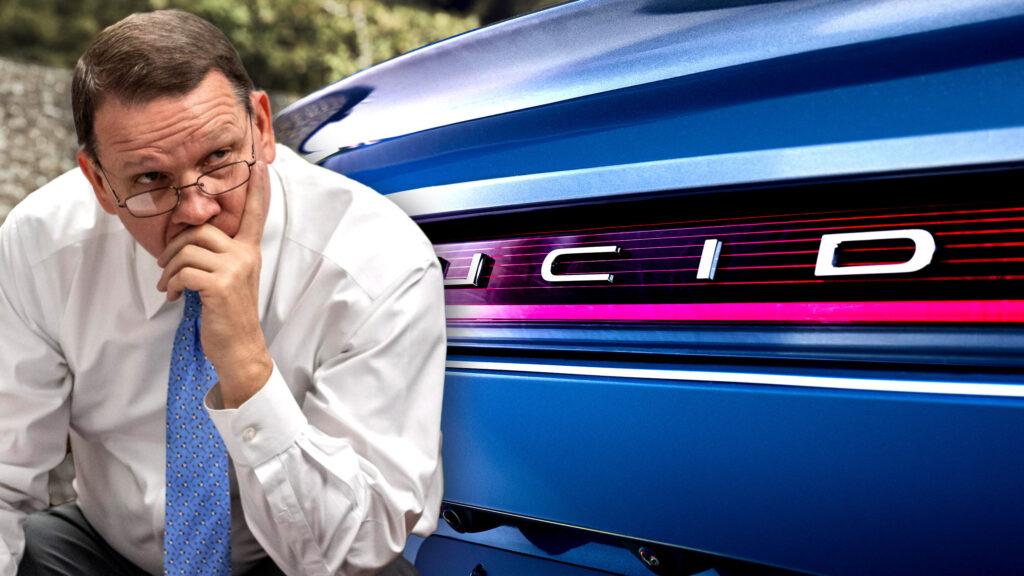California Spent 50 Years Fighting Smog. Trump Just Tore That Down In A Day

- Three resolutions signed by the President will stop California’s effort to curb emissions.
- The Alliance for Automotive Innovation has thrown its support behind Trump’s move.
- California has been setting its own emissions standards for more than 50 years.
In a political tug-of-war that’s been playing out for a long time, the battle between Donald Trump and California over vehicle emissions has landed back in the spotlight. The US president has now taken formal action to reverse California’s aggressive push toward electric vehicles and clean air regulations, signing a trio of resolutions that target the state’s authority on the matter.
With these resolutions, the President is effectively blocking California’s plan to phase out gas-powered cars by 2035. The move also eliminates federal support for the state’s plans to retire medium and heavy-duty diesel trucks, and strips California’s ability to enforce its own tailpipe emissions and nitrogen oxide pollution limits.
Read: Trump’s Big Beautiful Tesla Just Got Fired
Trump has pushed back on California’s environmental authority since his first term, and with these latest actions, the battle is now heading to court.
“We officially rescued the U.S. auto industry from destruction by terminating the California electric vehicle mandate once and for all,” he said during a White House news conference.
Unsurprisingly, the move has both supporters and detractors. In a statement, the president and CEO of the Alliance for Automotive Innovation, an important representative of major car manufacturers, applauded Trump’s move. “Everyone agreed these EV sales mandates were never achievable and wildly unrealistic,” he said.

California Hits Back
Almost immediately after Trump signed the bills, California Governor Gavin Newsom and Attorney General Rob Bonta filed a lawsuit, the New York Times reports, describing them as “illegal resolutions.”
“Trump’s all-out assault on California continues – and this time he’s destroying our clean air and America’s global competitiveness in the process,” Newsom said. “We are suing to stop this latest illegal action by a President who is a wholly-owned subsidiary of big polluters.”
California’s ability to set its own emissions standards dates back to the Nixon administration. The state is home to five of the ten cities with the worst air pollution in the United States. According to the governor’s office, clean air efforts over the past 50 years have saved $250 billion in health costs through reduced illness.
Attorney General Bonta echoed the urgency, calling the resolutions a reckless rollback. “The President is busy playing partisan games with lives on the line and yanking away good jobs that would bolster the economy – ignoring that these actions have life or death consequences for California communities breathing dirty, toxic air,” he said. “I’ve said it before, and I’ll say it again: California will not back down. We will continue to fiercely defend ourselves from this lawless federal overreach.”



